TILEE stands for Task, Individual, Load, Environment, and Other Factors, providing a comprehensive framework to assess risks in manual handling tasks. This approach ensures a thorough evaluation of all elements involved, helping to enhance workplace safety and compliance with legal requirements.
What is TILEE?

TILEE is an acronym used in manual handling to identify and assess risks associated with lifting, carrying, and moving objects. It stands for Task, Individual, Load, Environment, and Other Factors. Each component represents a critical area to evaluate when conducting a risk assessment. The Task involves the nature of the activity, such as lifting or pushing. The Individual refers to the person’s capabilities and health. The Load considers the object’s weight, size, and shape. The Environment assesses the workspace, including hazards like uneven floors or limited space. Other Factors include additional risks not covered by the first four categories, such as unexpected obstacles or equipment issues. By systematically evaluating these elements, TILEE helps organizations minimize injuries and ensure safe manual handling practices. This framework is essential for compliance with health and safety regulations and promoting a safer workplace.

Understanding the TILEE Acronym
TILEE stands for Task, Individual, Load, Environment, and Other Factors, providing a comprehensive framework for assessing risks in manual handling tasks. It ensures a thorough evaluation of all elements involved to enhance workplace safety and compliance with legal requirements.
T ౼ Task
The “Task” in TILEE refers to the specific manual handling activity being performed, such as lifting, carrying, pushing, or pulling. It involves assessing the nature of the task, including the actions required, frequency, and duration. Tasks that involve repetitive movements, awkward postures, or excessive force can increase the risk of injury. Evaluating the task helps identify potential hazards, such as twisting, stooping, or reaching, which can strain the body. Understanding the task is crucial for determining whether it can be modified to reduce physical demands. For example, adjusting the workflow or introducing regular breaks can lower the risk. By focusing on the task, employers and employees can implement changes to make manual handling safer and more efficient, reducing the likelihood of musculoskeletal disorders and other injuries. This step is essential for creating a safer working environment and ensuring compliance with health and safety regulations.
I ─ Individual
The “Individual” component of TILEE focuses on the person performing the manual handling task. It assesses their physical and mental capabilities, including strength, fitness, and overall health. Employers must consider factors such as the individual’s ability to safely perform the task, their training, and any personal health conditions that may increase the risk of injury. For example, an individual with a back injury may need special accommodations or restrictions. The goal is to ensure that the person is suitable for the task and can execute it without harm. This step also involves evaluating whether the individual has received proper training and understands safe manual handling techniques. By considering the individual’s unique characteristics, employers can assign tasks appropriately and implement necessary precautions to minimize risks and prevent work-related injuries. This personalized approach is vital for maintaining a safe and healthy workplace. Regular assessments ensure ongoing suitability for manual handling activities.
L ─ Load
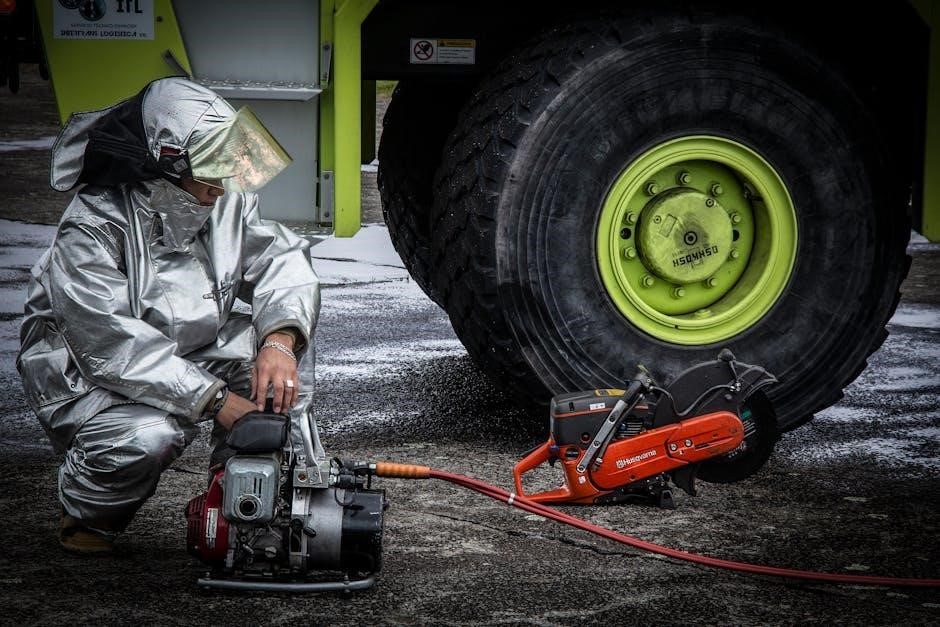
The “Load” in TILEE refers to the object or material being handled. It involves assessing the weight, size, shape, and surface type of the load, as these factors can significantly impact the handling process. For example, a heavy or bulky load may require mechanical aids or teamwork to move safely. Additionally, the load’s stability, temperature, and any sharp or uneven surfaces should be considered to prevent injuries. Employers must evaluate whether the load is manageable for the individual or if adjustments, such as splitting the load or using equipment, are necessary. The load’s condition and characteristics play a crucial role in determining the safest handling methods and ensuring compliance with safety standards. By carefully analyzing the load, employers can reduce the risk of accidents and protect workers from potential harm. Proper load assessment is essential for maintaining a safe working environment and preventing musculoskeletal disorders. Regular evaluations ensure ongoing safety in manual handling tasks.
E ౼ Environment
The “Environment” in TILEE focuses on the physical conditions where manual handling occurs. This includes evaluating the flooring, lighting, temperature, and space restrictions. Uneven, slippery, or obstructed surfaces can pose significant risks, while inadequate lighting may hinder visibility. Additionally, environmental factors such as weather conditions (e.g., rain, wind, or ice) for outdoor tasks must be considered. The layout of the workspace, including obstacles or narrow pathways, can also impact safety. Employers should assess whether the environment creates hazards, such as limited visibility when carrying large loads or difficulty in maintaining proper posture due to space constraints. Addressing environmental risks involves improving lighting, ensuring clear pathways, and adapting tasks to suit the setting; A safe environment minimizes the likelihood of accidents and enhances overall safety for manual handling activities. Regularly reviewing and adjusting environmental factors is crucial for maintaining a secure workplace. This ensures compliance with safety standards and reduces injury risks.
E ─ Other Factors
The “Other Factors” in TILEE refer to additional elements that may influence the safety and efficiency of manual handling tasks. These factors don’t fall under Task, Individual, Load, or Environment but are crucial for a comprehensive risk assessment. Examples include team lifting, where multiple people are involved, and communication between team members to coordinate actions safely. Equipment and tools used during manual handling, such as mechanical aids or personal protective equipment (PPE), also fall under this category. Other considerations might include the availability of training, emergency procedures, or specific workplace policies. These factors help identify potential risks that might otherwise be overlooked, ensuring a more thorough evaluation. By addressing these “Other Factors,” employers can further minimize hazards and create a safer working environment for manual handling operations. This step ensures that all aspects of the task are considered, promoting overall safety and compliance with health and safety standards. Regular reviews of these factors are essential to adapt to changing workplace conditions and new risks. This comprehensive approach helps prevent accidents and reduces the likelihood of injuries, ensuring a safer and more efficient manual handling process. Effective management of “Other Factors” is vital for maintaining a safe and healthy work environment.

The Importance of TILEE in Manual Handling

TILEE is crucial for identifying and mitigating risks in manual handling, reducing the likelihood of injuries, and ensuring compliance with legal obligations. It enhances safety and operational efficiency.
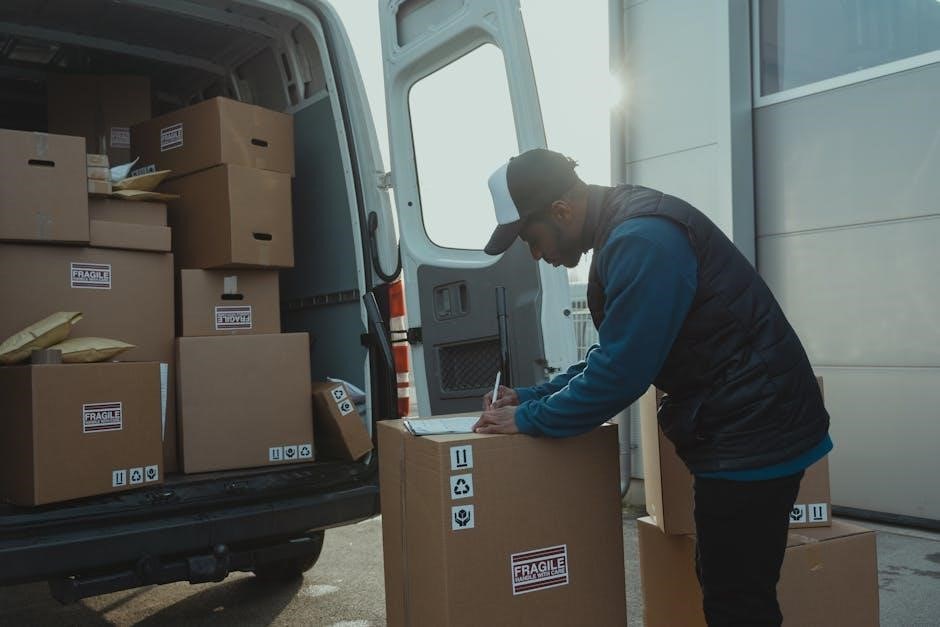
Legal Obligations for Employers
Employers are legally required to protect individuals involved in manual handling operations under the Manual Handling Operations Regulations 1992. They must avoid manual handling when it poses a health risk, conduct regular risk assessments, and ensure tasks are planned and supervised safely. Employers are also obligated to provide appropriate training and equipment to reduce risks. TILEE framework helps employers meet these legal duties by systematically assessing tasks, individual capabilities, loads, environments, and other factors. Failure to comply can result in legal consequences, emphasizing the importance of adhering to these regulations to safeguard employee health and safety. Employers must prioritize risk reduction and provide a safe working environment for all manual handling activities.
Reducing the Risk of Injury
Reducing the risk of injury in manual handling is crucial to protecting employee health and well-being. The TILEE framework plays a key role by identifying and mitigating potential hazards. By evaluating the Task, employers can modify activities to reduce repetitive or awkward movements. Assessing the Individual ensures workers are physically capable and properly trained. Analyzing the Load helps determine if it is too heavy or unstable, prompting the use of mechanical aids. Evaluating the Environment identifies safety issues like uneven surfaces or poor lighting. Finally, considering Other Factors addresses additional risks, such as equipment or team dynamics. Implementing these assessments leads to safer practices, reducing the likelihood of musculoskeletal injuries and creating a more secure workplace environment. Regular reviews and updates to these assessments further ensure ongoing risk reduction and compliance with safety standards.
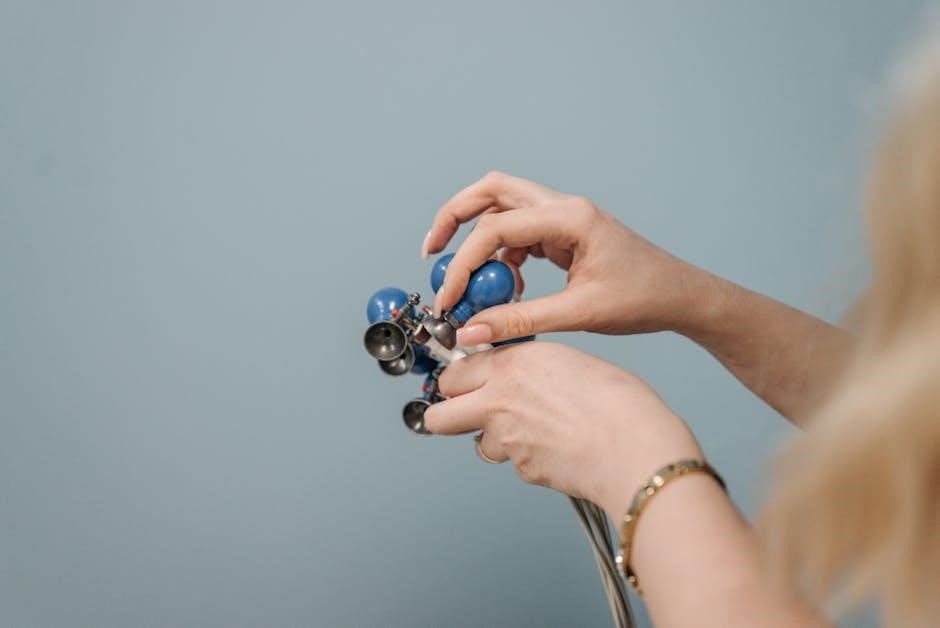
Conducting a TILEE Risk Assessment
Conducting a TILEE risk assessment involves evaluating Task, Individual, Load, Environment, and Other factors to identify hazards and implement controls, ensuring a safe manual handling process.
Identifying Hazards
Identifying hazards in manual handling involves analyzing each component of the TILEE framework to recognize potential risks. The Task includes evaluating repetitive movements, awkward postures, or excessive force required. The Individual assesses the person’s physical capabilities, strength, and training. The Load considers weight, shape, and stability, while the Environment examines workspace layout, flooring, and lighting. Other Factors address additional risks like equipment, teamwork, or external conditions. By systematically reviewing each element, employers and employees can pinpoint specific hazards that may lead to injuries or discomfort; This step is crucial for implementing effective controls and ensuring a safer working environment. Regular assessments help maintain awareness and adapt to changing conditions, reducing the likelihood of manual handling-related incidents. Proper hazard identification is the foundation of a robust risk management strategy in any workplace.
Implementing Controls
Implementing controls is a critical step in managing manual handling risks identified through the TILEE framework. This involves evaluating and modifying tasks to reduce physical strain, such as adjusting the frequency or duration of repetitive movements. Enhancing individual capabilities through training and ensuring workers have the necessary strength and knowledge is essential. Mechanical aids, such as hoists or trolleys, can be introduced to simplify handling heavy or awkward loads. Environmental adjustments, like improving lighting or clearing pathways, can minimize tripping hazards and enhance visibility. Additionally, addressing other factors, such as team lifting for bulky items or providing personal protective equipment (PPE) for hazardous loads, further reduces risks. Regularly reviewing and updating these controls ensures ongoing safety and adaptability to changing conditions. Effective implementation of controls not only protects workers but also promotes operational efficiency and compliance with legal obligations.
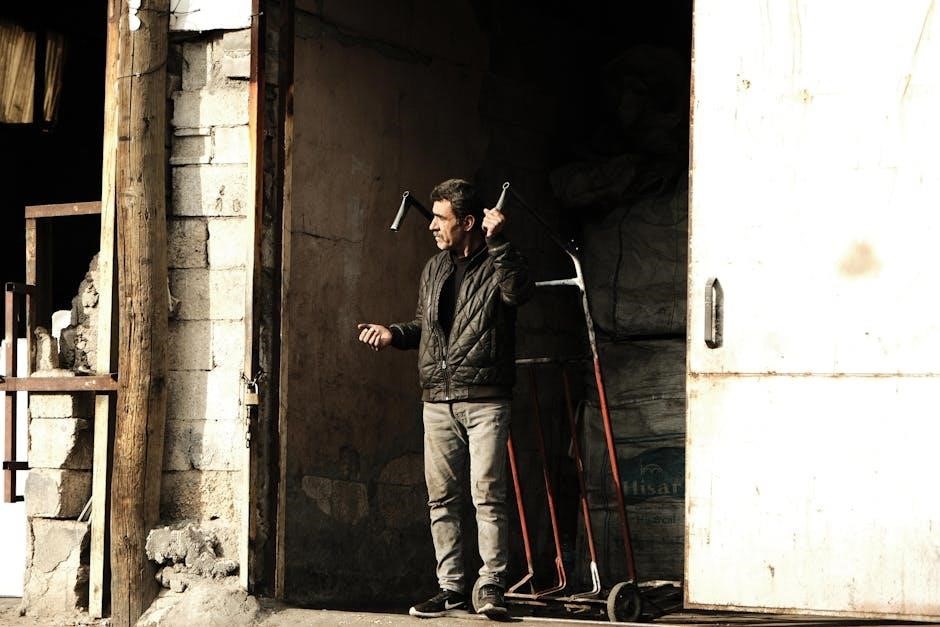
Best Practices for Manual Handling
Best practices include proper training, using mechanical aids, and maintaining good lifting techniques to minimize strain. Regular risk assessments and updating procedures ensure ongoing safety and efficiency in manual handling tasks.
Training and Awareness
Training and awareness are critical components of effective manual handling practices. Employers must provide comprehensive training programs that educate employees on the TILEE framework, emphasizing proper lifting techniques and risk assessment strategies. Regular refreshers and updates ensure that workers stay informed about the latest safety protocols and best practices. Additionally, raising awareness about the risks associated with manual handling encourages a proactive approach to safety, empowering employees to identify and mitigate potential hazards. By fostering a culture of safety and continuous learning, organizations can significantly reduce the likelihood of work-related injuries and promote a healthier, more efficient workforce. Training should also cover the use of mechanical aids and ergonomic practices to further enhance workplace safety. Ultimately, well-trained employees are better equipped to handle manual tasks safely and effectively, contributing to a safer working environment for all.
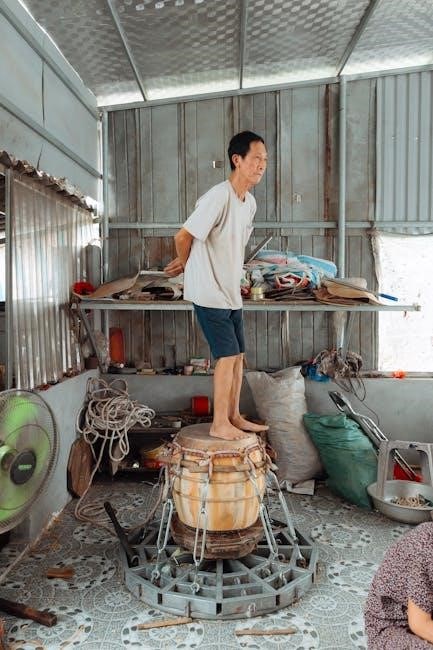
Using Mechanical Aids
Using mechanical aids is a key strategy in minimizing manual handling risks, as outlined in the TILEE framework. These devices, such as hoists, conveyors, and lifting trolleys, reduce the physical strain on individuals by automating or assisting in the movement of loads. Mechanical aids not only lower the risk of injury but also improve efficiency in the workplace. Employers should assess tasks to determine where mechanical aids can be most effectively utilized, ensuring they are suitable for the load and environment. Proper training on the use and maintenance of these aids is essential to maximize their benefits and prevent misuse. By integrating mechanical aids into manual handling operations, organizations can create a safer and more productive environment, aligning with legal obligations and best practices for workplace safety. Regular inspections and updates to mechanical aids further ensure their reliability and effectiveness in reducing manual handling risks.

